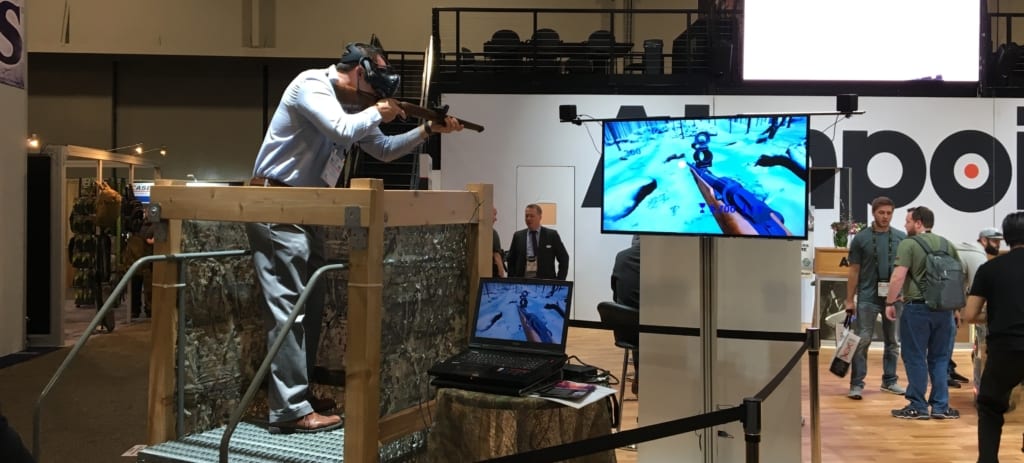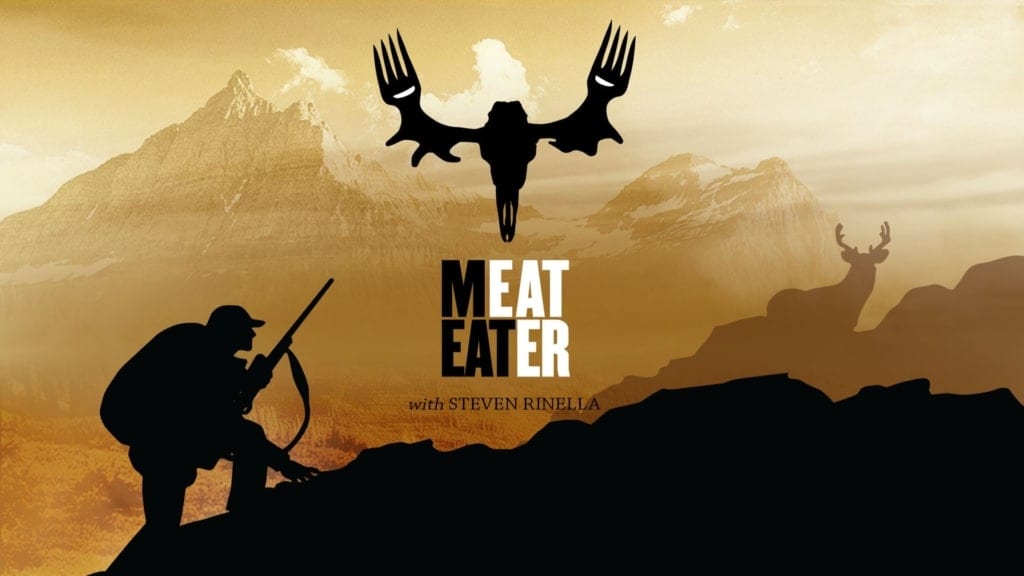
Like other industry marketers and professionals in the Firearms, Hunting and Outdoor industry—SHOT Show was crazy busy—rushing from meeting to meeting, trying to squeeze in time to see new products, exhibits, make new contacts, say hi to existing clients and old friends.
But through all the running back and forth, and thinking through what this year holds after several weeks of reflection—I’ll give you my four observations and takeaways from SHOT 2018.
1. Brand innovation pays off
There are many manufacturers who had trouble moving the needle in 2017, due to bloated inventories, immense competition and the “reset” of normal due to the election of President Trump. But one such brand that seems to have bucked the trend is Christensen Arms (CA).
CA innovated the first ever carbon-fiber barrel back in 1995 that enabled them to find the “white space” in our industry that no one else occupied—which created the differentiation CA needed to break through the myriad of hunting rifles.
Christensen’s solid product line and innovative designs—including the launch of their MPR, have enabled the brand to cement a solid foundation that will fuel their marketing efforts for many years to come.
TAKEAWAY: Many brands—especially start-ups—don’t take the time to correctly develop their brand, an innovative product roadmap, and their customer journeys before going to market which leaves them flapping in the wind and their audience wondering who they are what they stand for.
2. Virtual reality
I noticed many exhibits showcasing virtual reality (VR). VR may not be able to deliver the full experience your customers are looking for, but it can add to their experience that creates a lasting impression.
Here are some interesting VR Statistics to take note of:
- 500 million VR headsets could be sold by 2025, according to Piper Jaffray
- 171 million people could be using VR hardware and software worldwide by 2018, according to research firm KZero.
- Nearly 1.3 million people subscribe to the YouTube 360 channel. Google’s push into panoramic 360-degree videos is also paying off and getting mainstream viewers interested in the idea of viewing VR content. That interest is fueling the rise of pricey 360-degree camera rigs.
As the market continues to evolve digitally, I expect more brands to create apps with VR experiences this year and in the years to come.
TAKEAWAY: VR is going mainstream and seems like an excellent way for customers to experience your brand.
3. Harvesting vs. Hunting
Localvores or eco-hunting has been a growing trend since it was coined back in 2005. There seems to be an increasing trend popping up around the word “harvesting.”
This word “harvesting” is being used in many instances to replace “hunting.” But aren’t they the same?
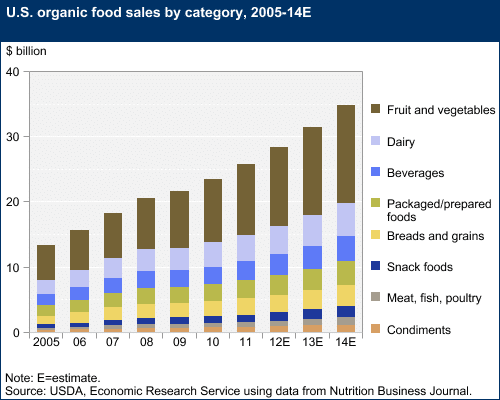
Consumer demand for organically produced goods continues to show double-digit growth, providing market incentives for U.S. farmers across a broad range of products. Organic products are now available in nearly 20,000 natural food stores and nearly 3 out of 4 conventional grocery stores.
Organic sales account for over 4 percent of total U.S. food sales, according to recent industry statistics. (Source: USDA)
Arby’s’ “We have the meats” slogan is right on target.
The fast-food chain, known for its slow-roasted roast beef sandwiches, began selling limited-edition venison sandwiches a year ago in select markets. (Source: AJC)
The company announced this week the “100 percent deer meat” sandwiches will be available nationwide in the chain’s 3,300 locations later this month. They’ve also started testing Elk! When Arby’s is pushing a wild game message nationally—we may all have a chance to benefit.
SilencerCo, even calls their blog “Harvested.“
A quick look at Google Trends suggest “how to hunt” and “deer meat” increasing in interest. This is intriguing because we all know hunting numbers are in decline. Or are they?
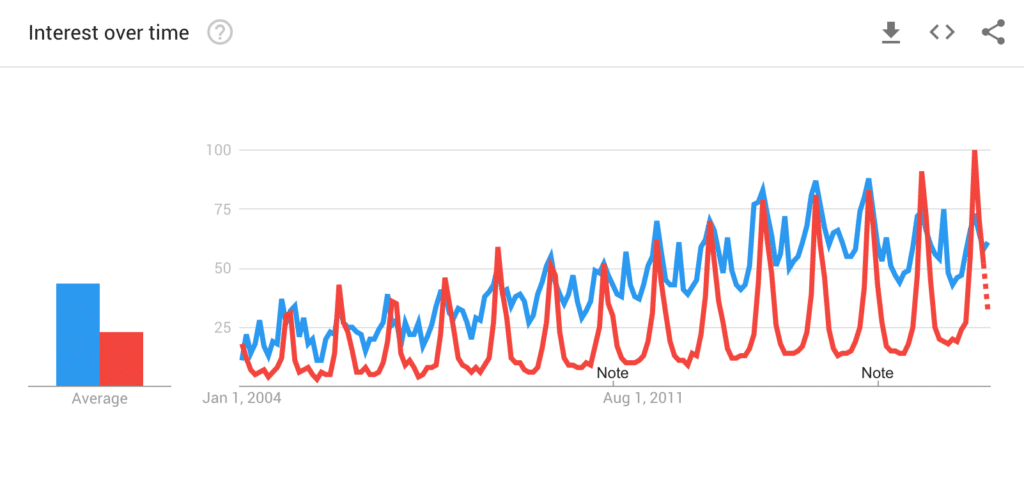 I believe with the increased interest in eating organic and healthy, the growing distrust of corporations (who process our food) and other factors like negative press and the continuing attacks from anti-hunting groups—the idea of “harvesting” could be a new and fresh approach in marketing hunting and hunting products. People who have been persuaded that hunting is bad or unethical, but who agree hunting for healthy organic food is acceptable—harvesting may be the position in which to communicate from. Without getting caught up in the semantics of hunting versus harvesting—harvesting from a marketing perspective—is worth consideration.
I believe with the increased interest in eating organic and healthy, the growing distrust of corporations (who process our food) and other factors like negative press and the continuing attacks from anti-hunting groups—the idea of “harvesting” could be a new and fresh approach in marketing hunting and hunting products. People who have been persuaded that hunting is bad or unethical, but who agree hunting for healthy organic food is acceptable—harvesting may be the position in which to communicate from. Without getting caught up in the semantics of hunting versus harvesting—harvesting from a marketing perspective—is worth consideration.
Steve Rinella of Meateater is another example of this emerging harvesting trend that may be pointing to things to come. He’s one of only a few hunting personalities that have crossed over to Netflix. Steve intertwines eating healthy with harvesting, gathering, and cooking (field to table).
Across the country, people in every community and from all walks of life are more focused on healthy eating than ever before. (Source: Christopher Cogley, NSSF SHOT Daily)
Heck, even Mark Zuckerberg is on the train. Who knows where this is going—and I am NOT advocating for anything here—but it’s something that should be on every marketer’s radar in the hunting, outdoor and firearms industry.
For more thought on this, check out this article: Hunting Matters: Harvest or Kill? Considering Our Choice of Language in Hunting Stories
TAKEAWAY: Always be looking for out-of-industry trends and shifts that your brand can either leverage or avoid.
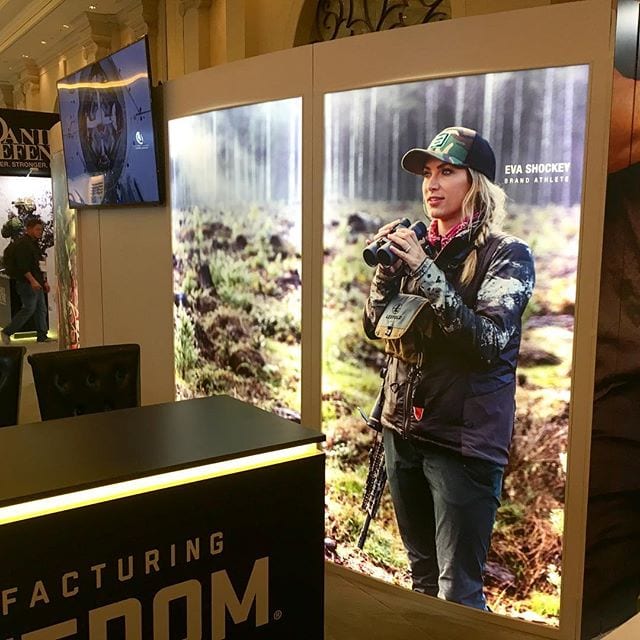
Photo credit: Dangersoup
4. Women’s influence grows
It was nice to see more women being placed in exhibits and presented as professionals at this year’s SHOT Show. I think the industry has crossed the bridge and has embraced women respectfully for their talents and skills as hunters and shooters.
These shifts will also continue to attract other women that can expand industry brands’ appeal and reach.
TAKEAWAY: Start integrating women into your brand’s communications that showcase their skills, talents and professionalism.
By all counts, industry brands that continue to invest in brand development, consider new and upcoming channels for prospective customers to experience their brand, continue to push product innovation—whether, through materials, design (or a combination of the booth) and who stay on top of emerging trends outside of the industry will fare better this year than others. These have always been the recipe of marketing success.




